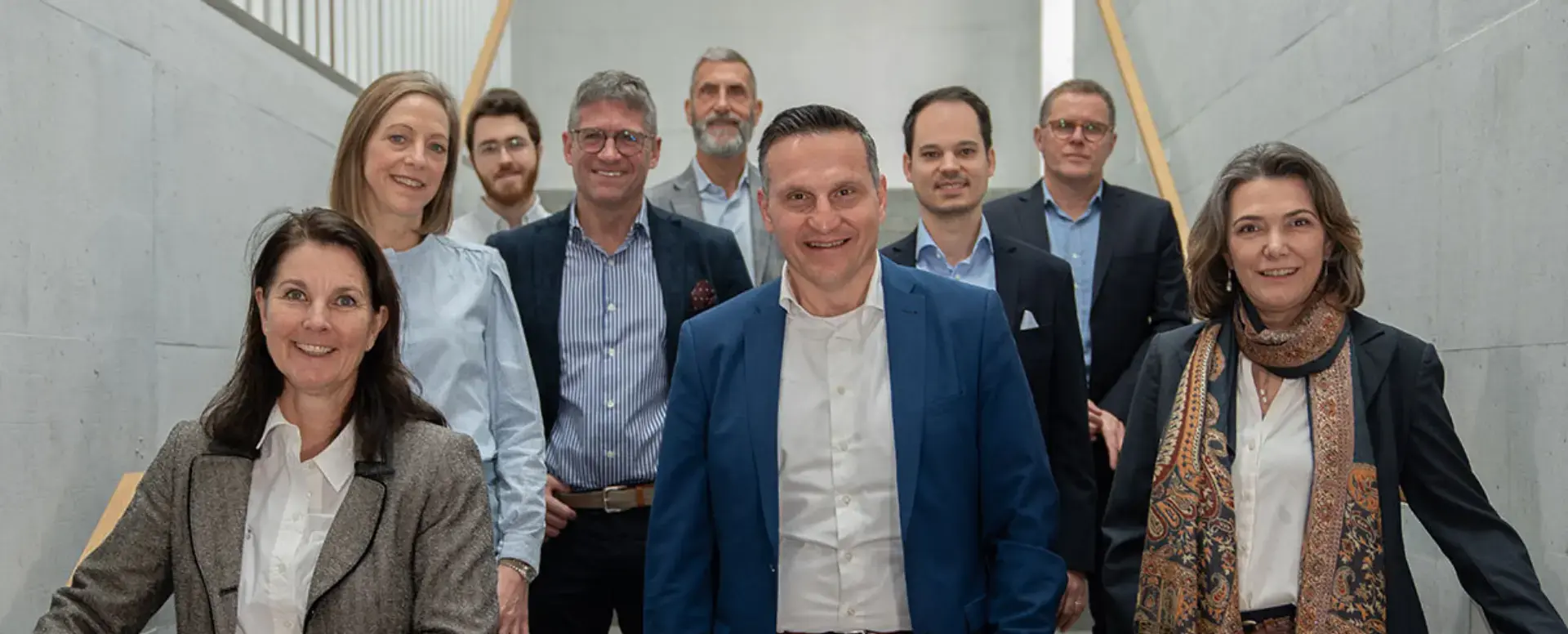As global demographics shift and populations age, organisations are increasingly faced with a new imperative: understanding and responding to the evolving needs and dynamics of an ageing workforce. While technology and digitalisation remain top of mind for most businesses, age-related workforce challenges are climbing the strategic agenda.
In a recent World Economic Forum report on the future of jobs, 1,000 global employers were asked to identify the most influential disruptors shaping their workforce strategies through 2030.
Joanne Welch, executive coach at 10Eighty explained, “For 60% of those employers, technology was seen as a major disruptor. But 40% of employers, on a global basis, named the ageing of the workforce and the decline in the size of potential workforce as something that was going to impact their strategies for the next 5 years.”
In Europe and the US, these numbers are even higher. “Roughly 50% of European and US employers thought it was going to be a major influence,” Welch added.
The UK presents a particularly compelling example of these demographic challenges. The abolition of the mandatory retirement age in 2011, combined with an increasing state pension age (currently rising from 66 to 67), has led to uncertainty both for employers and employees.
“I think organisations are still struggling to adapt, and employees don’t know what to do with that extra time they’ve got,” said Welch.
However, this flexibility hasn’t necessarily resulted in extended careers. In fact, a growing number of people are exiting the workforce from age 50 onwards, with health and financial issues often playing a key role. “Perhaps they’re leaving the workforce and not coming back into it. From a UK perspective, there are a lot of issues around health and wealth to layer on top of the global perspective,” Welch noted.
In Germany, the story is similar, particularly for the Boomer generation. The dual challenge of adapting to technological transformation while maintaining performance is significant.
“For people my age, the boomer generation, the challenge is how to perform at a high-level in a rapidly evolving labour world – especially people in leadership functions, it’s really hard for them to cope with these challenges,” said Toralf Kleinsorge, senior consultant at von Rundstedt Germany.
Kleinsorge highlights the cognitive split between fluid intelligence – common in younger workers and key to generating new ideas – and crystalline intelligence, which enables older workers to optimise and improve existing processes. “In these companies, people are well experienced to improve operations, but it’s very hard really to shift, to find new ideas and new business models.”
Is action being taken?
Despite widespread awareness of these challenges, meaningful action has been limited.
“We have been talking about the demographic shift for years – and did we really see action? In reality, not on a wider scale,” said Dominic Baumann, Head of HR Consulting Services at von Rundstedt Switzerland.
However, efforts are underway. Baumann pointed to initiatives like Focus 50+ in Switzerland, which work to reshape the public narrative and drive positive engagement with ageing talent. “I believe this is very important in terms of the opportunities that this brings.”
Organisations must walk a tightrope: driving innovation while supporting a diverse workforce.
“Companies have to transform and at the same time, perform – generating cash flow for the transformation is a challenge,” Kleinsorge noted. In many German regions, like Saxony, as much as 50% of the workforce is over 50, creating urgency around succession planning and innovation.
For HR professionals, this calls for a shift in mindset. Reskilling and upskilling aren’t just buzzwords – they’re strategic imperatives. “We are always talking about reskilling, upskilling – but what does it mean for me? I’m now 59 years old. What can I really learn?” Kleinsorge asked.
The opportunity lies in creating a multi-generational culture, where different age groups are motivated and supported in distinct ways.
Purpose and contribution in later career stages
“It is about finding meaningful contributions for senior people in an organisation,” said Margret Schuit, SVP Business Development at Global Talent Hub. “How can we all, in the end of our career, continue to contribute in a meaningful way?”
That requires a culture built on communication and trust. “This needs to start way before the boomers, way before generation X & Y, it needs to be part of a cultural shift,” Welch stressed.
When employees aren’t effectively engaged in their final years, organisations risk not only losing valuable expertise but also creating negative role models for future retirees.
The consensus? Start early – well before the final years of employment.
“You need to start 10 years before retirement at least,” said Baumann. “What we are seeing in Switzerland is that more and more companies are doing this in a very structured way.”
Structured assessments, career planning, and targeted learning journeys can make a substantial difference. But that support must be backed with real internal mobility options. “It’s not enough to initiate that process, but then not be able to deliver,” Baumann warned.
As people live longer – many entering their 90s – the traditional three-stage career path (education, work, retirement) is becoming obsolete. “Organisations need to create a much more flexible approach to people’s career paths with opportunities to join, rejoin, retire and unretire,” said Welch. “It’s not a linear progression anymore.”
Supporting all talent, regardless of age
Creating flexibility must extend to all levels, not just leadership. “In Germany, it’s quite difficult to mobilise employees in the corporate world to new perspectives,” Kleinsorge shared. “For several large organisations in Germany, we have developed what we call a transformation unit.”
These units provide structured support – often for 6–12 months – to help employees find new internal or external roles. While effective in larger companies, smaller businesses may struggle to adopt such programmes due to limited resources.
Still, there’s hope: “In Switzerland, one leading company made a top-level commitment: ‘We don’t want to lose a single employee over 55 before retirement unless they choose to leave’,” said Baumann. The company invested in new career paths and made it clear that retention was a priority.
Responsibility lies with both organisations and employees. Welch advocates viewing retirement planning with the same intention as onboarding: “Think about the transition out of full-time work in the same way as bringing people into the organisation.”
Retirement should be a positive transition – not an exit prompted by poor planning or insufficient support. “It’s incumbent on organisations, but also on the employee themselves, to work out something that works… to really design their retirement in a way that works for them.”
Skills shortages and the value of experience
In today’s tight talent market, the ageing workforce represents an untapped resource. “I do see opportunities in the context of an ageing workforce,” said Baumann. “Where you regularly assess your skills and develop new ones.”
That also means shifting to skill-based organisations that make radical internal changes to retain and redeploy talent. “Skills mapping towards the future… and how to coach and support people into that new responsibility is already becoming a key element,” added Schuit.
Crucially, intergenerational collaboration must be part of the strategy.
“If you can keep your experienced employees who have the knowledge… to support those younger people, then I think you’ve got a win-win,” Welch concluded. Schuit agreed: “It’s especially a win-win if that younger generation can also mentor the older generation. It’s a multiple win.”
The ageing workforce is not a problem to be solved – it’s an opportunity to be embraced. With the right planning, communication, and flexibility, organisations can unlock the full potential of every generation and create truly future-ready workforces.





